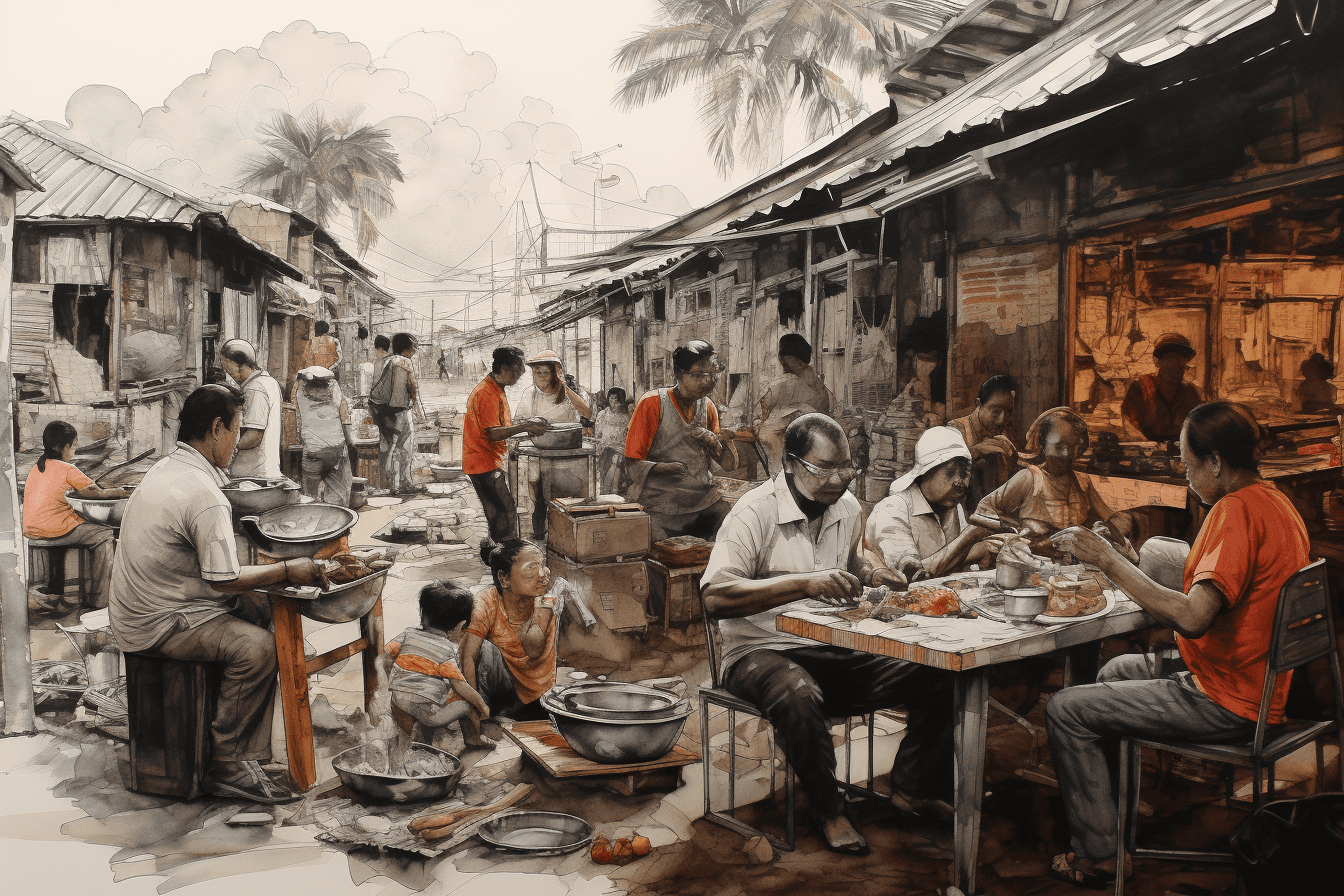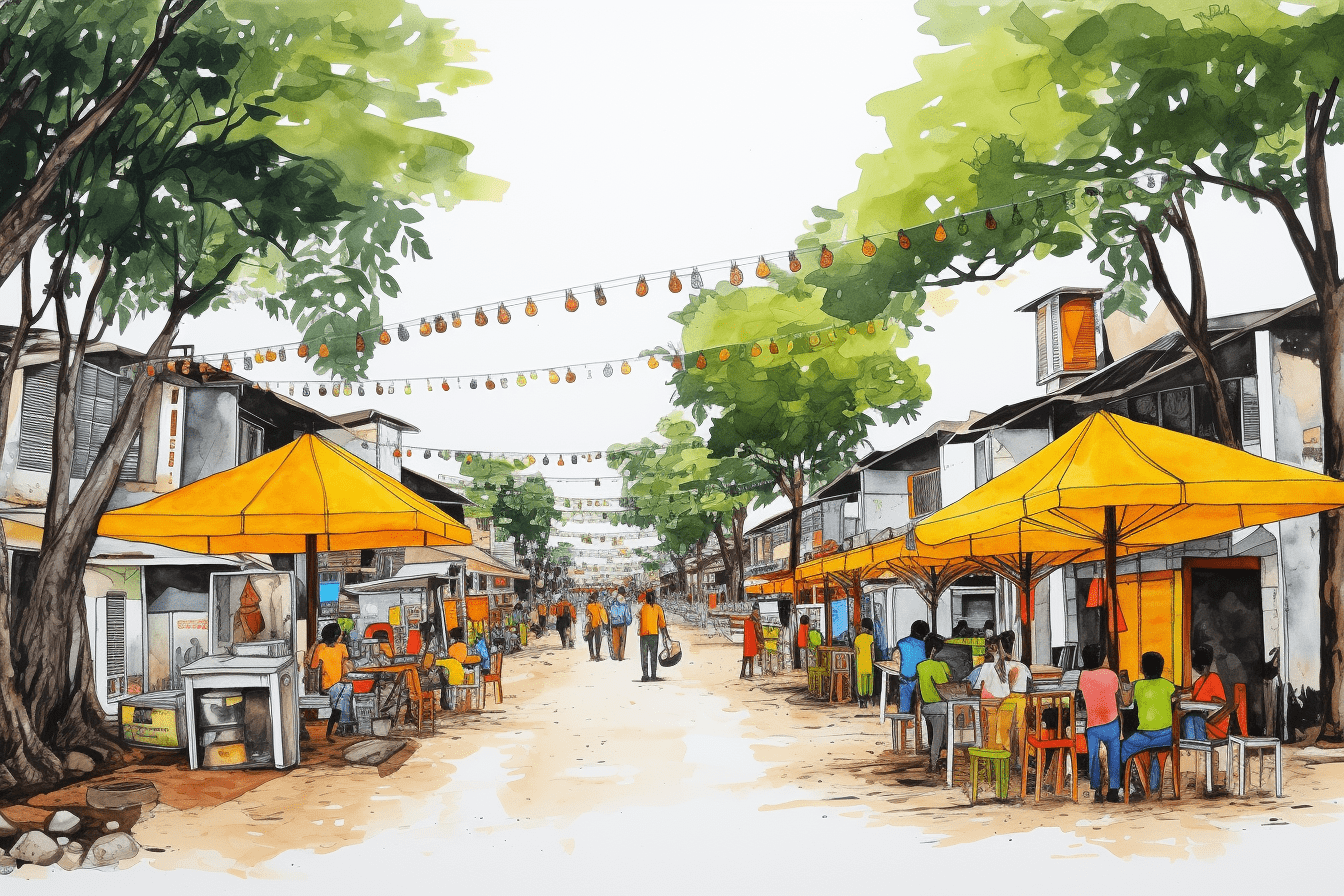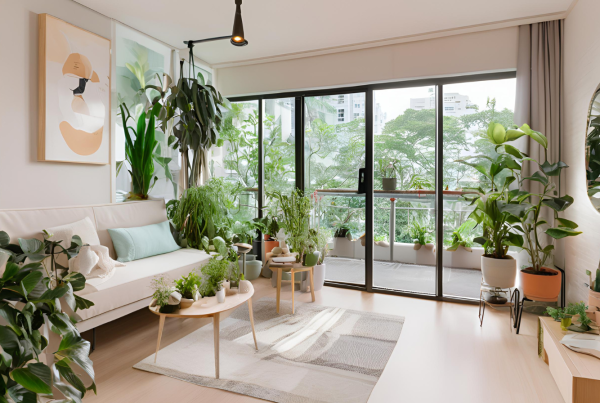Kampong living, once a prominent way of life in Singapore, has undergone significant changes over the years due to urbanization, modernization, and changing societal values. This essay explores the transformation of kampong living from the past to the present, highlighting the shifts in infrastructure, lifestyle, and community dynamics.
In the past, kampongs were traditional villages characterized by wooden houses built on stilts, surrounded by lush greenery and a strong sense of communal living. Families often occupied these houses, and the close-knit community fostered strong relationships among neighbors. Kampongs were largely self-sufficient, with residents engaged in farming, fishing, and handicrafts to meet their basic needs.

The transformation of kampong living began with Singapore’s rapid urbanization and modernization efforts in the mid-20th century. Government initiatives aimed at improving living conditions led to the relocation of Kampong residents to public housing estates. The kampong houses, made of wood and attap roofs, were replaced by high-rise apartment buildings equipped with modern amenities such as electricity, running water, and sanitation facilities. The shift to urban living resulted in improved standards of living but also led to the gradual loss of the kampong’s rustic charm and close connection to nature.
The transition from kampong living to modern urban living brought about significant changes in lifestyle. People adapted to apartment living, which offered greater privacy and convenience. Traditional practices like farming and fishing became obsolete due to the lack of space, and many residents embraced more modern careers and professions. The sense of community that was a hallmark of kampong life evolved as well, with social interactions becoming less frequent as people became more engrossed in their individual pursuits.

Kampongs were characterized by a strong sense of community where everyone knew their neighbors and often helped one another. With the shift to urban living, the dynamics changed. Residents in public housing estates tended to be more diverse in terms of backgrounds and lifestyles. While efforts were made to replicate a sense of community through communal spaces and programs, the bustling urban environment often led to a more individualistic way of life. However, it’s worth noting that community bonding has not disappeared entirely; many neighborhoods in Singapore today still cultivate a sense of belonging through events and communal activities.
Recognizing the cultural significance of kampong living, efforts have been made to preserve and showcase this heritage. The Malay Heritage Centre, for example, provides insights into the kampong lifestyle through exhibitions and programs. Additionally, some areas, such as Kampong Lorong Buangkok, have managed to resist development and retain their traditional charm, offering a glimpse into the past amidst the modern cityscape.

The evolution of kampong living in Singapore reflects the broader trajectory of urbanization and modernization. While the shift to modern urban living has brought about improvements in infrastructure and living conditions, it has also led to changes in lifestyle and community dynamics. The legacy of kampong living is still alive through heritage preservation efforts, reminding Singaporeans of their roots and the importance of communal harmony even in a rapidly changing world.






